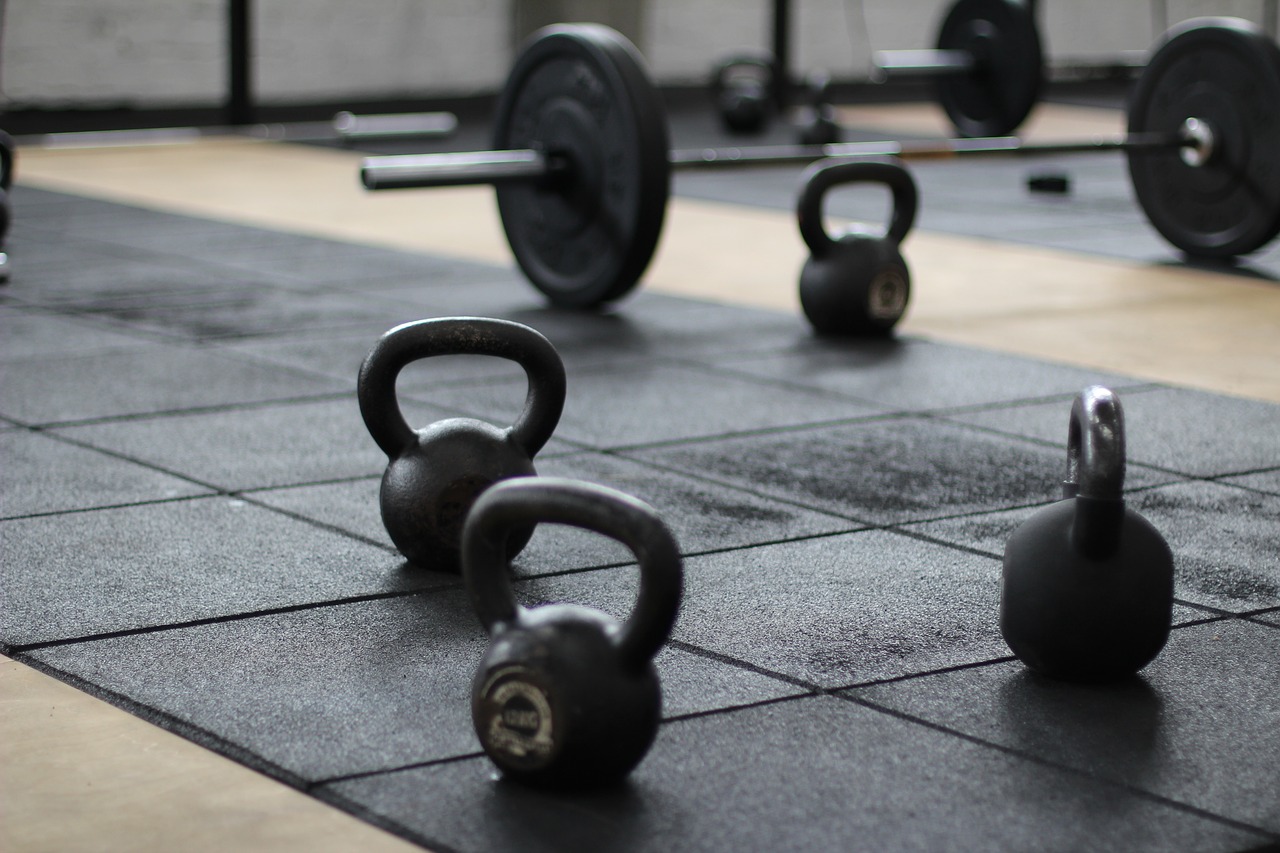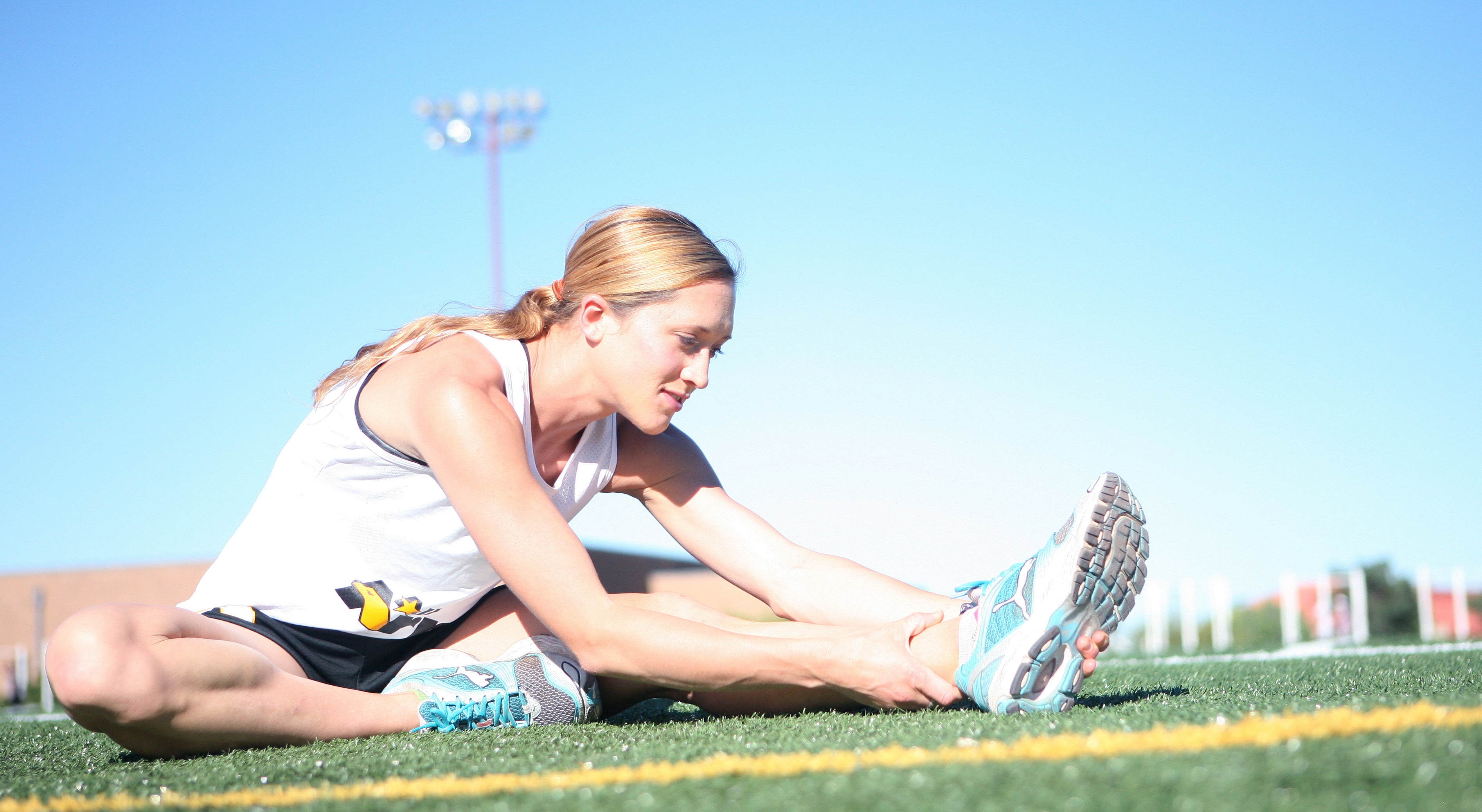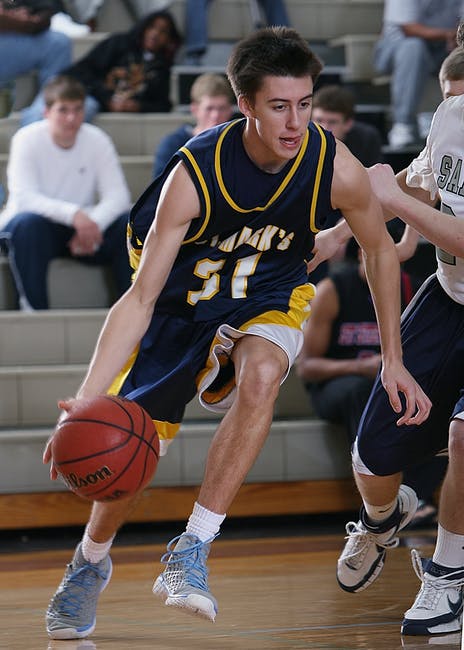With the coronavirus, a lot of things are different with our athletes this spring. Put simply, many athletes are not training like we’d normally expect them to. This is due to their facilities being closed, to being unable to gather safely in groups, and to commercial facilities being closed.
Think about it, normally football players at all levels would have spent the spring in intense preparation. Lots of lifting, speed/agility work, some spring practice. Baseball players would be playing a lot of baseball by now. Basketball players would be finishing the play offs or beginning their off-season preparation. The list goes on.
None of that is happening right now.
In previous blogs I have talked about what athletes can do while they are at home right now. While something is better than nothing, it still doesn’t match what they would have been doing. There’s also another thing to keep in mind: While we’re all posting motivational things like: Your opponents know when you haven’t been training, the truth of the matter is that bodyweight training is boring. So I fully expect athletes to be able to stick to those programs for a week or two, as these weeks stretch out we’re going to lost interest.
What this means is that athletes are going to come back from this experience undertrained to a degree that most of us are not used to seeing. This means that we’re not just going to be able to drop them into our old programs and expect that to turn out well.
Athletes are going to have to start back at the beginning, at least for a few weeks. It’s going to be important to get their bodies prepared for training, get their ligaments and tendons adjusted, reintroduce fundamental movement patterns, get their mind back into training, and to start re-establishing team identities and cultures.
Below are some thoughts on how to ease athletes back into training when all this eventually ends:
- Remember it’s bigger than you
- Start off light
- Re-establish fundamentals
- Make it fun
It’s Bigger Than You
This has been a traumatic experience for some people. As a coach, the first thing you are going to have to do is to re-establish relationships and be willing to listen to what your athletes have to tell you. You also have to realize that you don’t have the answers and sometimes just need to be there, instead of solving everything. Just being able to get back into an organized sports environment is going to be really important for many athletes.
Start Off Light
If we have well-trained athletes then we may start off a training block with max testing and then program the block based off those numbers. With individuals coming back from an extended lay off this is a bad idea. The best idea is to start the first 4-8 weeks off light, I would recommend avoiding max testing and instead program at 8-15 repetitions for many exercises except the Olympic lifts. This allows for movement patterns to be coached, work tolerance to be rebuilt, and the body to adjust back to training.
Re-Establish Fundamentals
If you’ve been training for 10-20 years then you can probably pick back up on strength training exercises and be able to execute them with great technique, even though your strength and endurance may not be where it was. But this is not the case for most athletes. So, instead of making a bad assumption there’s a need to re-teach some fundamental skills:
- Back and front squats
- Hip hinges
- Olympic lifts
- Overhead movements
This re-teaching may only take a session or two, but it should be emphasized by incorporating those foundational movements into the program for the first 4-8 weeks back.
Make It Fun
Athletes have been out of the routine, miss their team mates, have been away from their friends, and have been through a lot. So when they finally get back some time is going to need to be spent making things fun. Funky Music Fridays, themed workouts, small-sided games for conditioning, team building exercises are all examples of ways to do this. Don’t just expect them to return and be able to mindlessly grind things out.
Understandably, we want to jump right back into our strength and conditioning programs to get our athletes ready for their sports. However, these aren’t normal times and our athletes won’t be returning to us prepared like they might have been in years past. That means we are going to have to make adjustments and be flexible. Just getting them back and into a structured training program is going to be huge for them!




